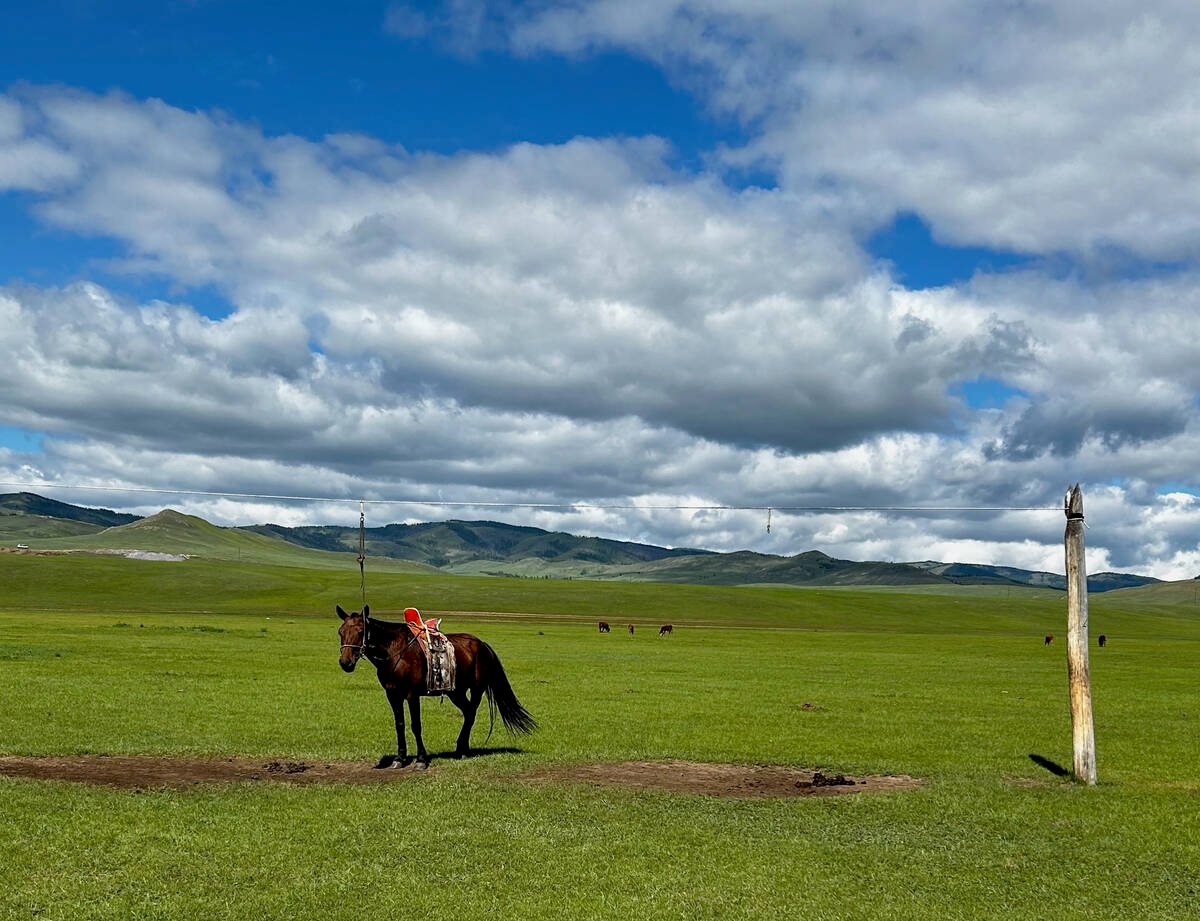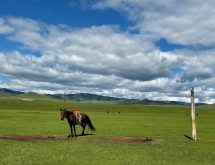Long-term crop rotation and herbicide plans are necessary for farmers using soil-residual herbicides, said Clark Brenzil, weed control specialist with Saskatchewan Agriculture.
“The virtues of planning cannot be stressed enough,” said Brenzil.
Soil-residual herbicides give long-lasting weed control, but their use must be planned in the context of crop and herbicide rotations to avoid restricting cropping options and the development of herbicide resistance, he said.
Before they buy, farmers should ask chemical dealers how long the herbicide remains in the soil. Depending on the crop and the soil pH, this can range from 10 months of its application, to four years.
Read Also

University of Saskatchewan experts helping ‘herders’ in Mongolia
The Canadian government and the University of Saskatchewan are part of a $10 million project trying to help Mongolian farmers modernize their practices.
Brenzil said farmers should not try unfamiliar crops on a large scale. They should experiment, then put them into the rotation as they fit the field.
He said farmers should include in long-term rotation plans the selection of herbicide combinations that take into account weed populations, herbicide resistance groups, length of the herbicides’ persistence in the soil and potential risk of herbicide carryover.
“The problem with soil-residual herbicides is more acute when farmers are applying them outside the recommended guidelines,” Brenzil said.
The most common questions that Saskatchewan Agriculture is hearing from farmers this spring, he said, are about what to plant following an application of Pursuit on peas grown in the brown and dark brown soil zones. Because most research on Pursuit has been on the black and grey-wooded zones, experts have few solid answers.
Brenzil said some problems could have been avoided with lower-residue products.
Know the products
Products with restricted rotational options include: sulfonylureas such as Ally, Amber, Prism and Unity; imidazolinones, such as Pursuit, Odyssey and Assert; dinitroanalines such as Edge and trifluralins; triazines, such as atrazine, Bladex, Sencor/Lexone, Velpar and simazine; hormone mimics such as 2,4-D/MCPA, dicamba, Lontrel, Curtail, Prestige, Attain, Prevail, Flax Max, Accord and Tordon; and others such as Amitrol-T and Avadex.
Brenzil said most herbicides break down more rapidly under warm, moist soil conditions. The persistence of many soil-residual herbicides is lengthened by extended dry periods, low organic matter and, depending on the product, low or high soil pH. The longer it takes to break down, the greater the risk of developing resistance to that group of herbicides.
The positive side to soil-residual herbicides is extended control. Brenzil said soil-applied herbicides, of which most are residual to some degree, also show consistent yield benefits over herbicides applied after weed emergence. In some situations, farmers can get more than one year of control with a single herbicide application, which cuts their herbicide costs.
“But, to take advantage of these benefits, farmers must also take the time to plan a long-term rotation of at least five years.
“Many are looking for the magic bullet, trying new crops and herbicides on a large scale, and planning year to year. When commodity prices change, farmers find that they don’t have the flexibility they would like because of decisions made the previous year.”














